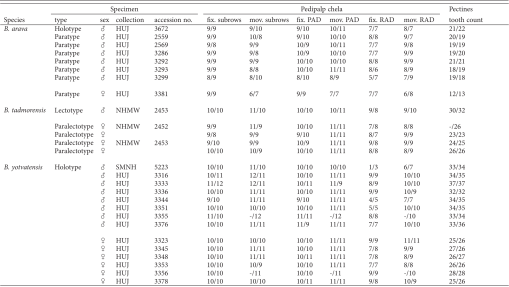
The cocirculation of H9 subtypes with other AI subtypes increases the risk of evolution of the circulating influenza virus subtypes to novel subtypes, which could cause a future pandemic. Several outbreaks of H9N2 AIV have been documented with the occurrence of single infection and coinfection with other bacterial and viral pathogens.

Recently, a human case of H9N2 infection was reported in Oman.

Since then, the virus has continued to infect humans in many countries including Egypt. The first human case of H9N2 infection was reported in Hong Kong in 1998. Zoonotic transmission of H9N2 AIVs have been documented causing mild or asymptomatic infections in humans. The low pathogenicity of H9N2 infections among poultry allows the virus to adapt and spread, and also enhances the development of frequent antigenic variations of the circulating virus strains. Infections of H9N2 AIV have also been recorded in pigs. A wide range of Avians can act as hosts of H9N2 AIV, including chickens, pigeons, turkeys, ducks, and geese.

It has caused substantial economic losses in many countries in Asia and the Middle East. Since the first detection of H9N2 avian influenza virus (AIV) in poultry species (in turkeys) in the USA in 1966, the virus has spread widely among poultry populations in different countries globally.


 0 kommentar(er)
0 kommentar(er)
